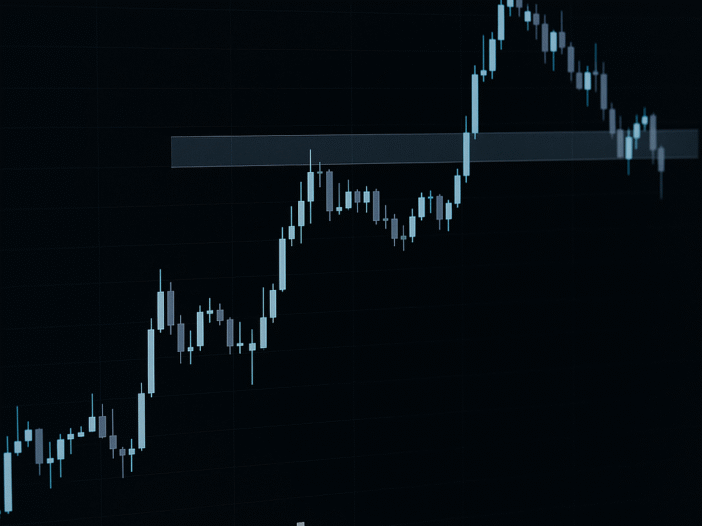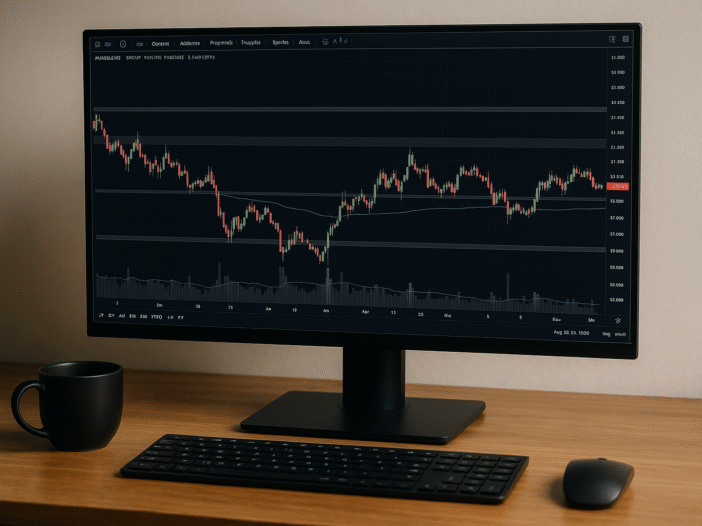You’re on a roll. Every setup clicks. Entries are sharp. Exits even better.It feels like you’ve cracked it. That’s the danger zone. Because after a few wins, ego shows up dressed as confidence.And suddenly, you’re not trading the plan anymore — you’re trading the feeling. You stop journaling. You loosen risk rules. You skip confirmations.Why? […]
Learn Trading
My Clean Chart Philosophy
At one point, I had everything on my chart. EMAs, MACD, RSI, volume, fibs, support zones, resistance zones. It felt smart… until it wasn’t. Too much info just blurred everything. Now? My charts are almost empty. Price, levels, maybe a VWAP. That’s it. Here’s why I stripped it all down — and why I keep […]
How I Set Up My Charting Workspace for Day Trading
You don’t need a spaceship to trade. Just a clean bench, sharp tools, and a habit of showing up. Over the years, I’ve stripped down my charting workspace the same way a good kitchen gets streamlined: fewer gadgets, more flow. Here’s how I set up my TradingView layout — not because it’s the “right” way, […]
Coffee Thoughts – Don’t Trade to Prove Something
At some point, I stopped trading the market and started trading my ego. I wouldn’t have said that out loud back then. But looking back, it was obvious. I wasn’t trading setups. I was trading to prove I was smart. That I could bounce back. That I was right and the market was wrong. That […]
Brewing Patience – What Espresso Taught Me About Timing My Trades
Some mornings, I get impatient. I grind the beans. Heat the machine. Pull the shot. Too fast. The crema’s thin. The taste is flat. I drink it anyway, but I know I rushed it. Espresso doesn’t like to be rushed. The machine needs time to heat. The pressure needs to build. The extraction needs to […]
Coffee Thoughts – The Problem is You, Not the System
I’ve lost count of how many systems I’ve tested. Breakouts, pullbacks, trend following, mean reversion. You name it. Every time something didn’t work, I blamed the system.“This doesn’t suit the pair I trade.”“It’s not made for Asian session.”“Maybe I need a different indicator.” Sound familiar? Eventually, I ran out of systems to blame — and […]







